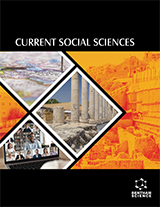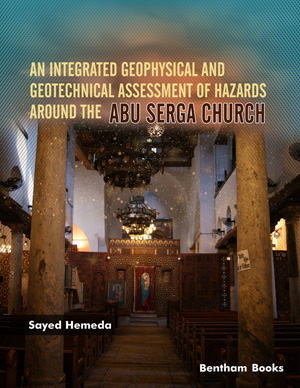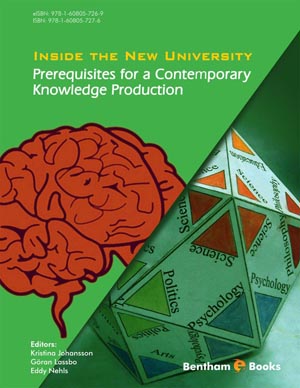Abstract
The book titled “The Time Regulation Institute,” published in 1961, one year before Ahmet Hamdi Tanpınar’s death, is a novel that ironically fictionalises Turkey’s modernisation process. Based on clocks, the novel employs a symbolical language and makes a critique of time through changeable and unregulated clocks. In this context, the study aims to evaluate the novel from the point of time and space in the old/traditional and new/modern intersection, which constitutes the main theme of the novel. Initially, the prominent spaces in the novel are evaluated from an architectural angle. Then, we attempted to analyse critically how the aforementioned spaces underwent a change and transformation with modernism.
As a reflection of society and culture, architecture has lost its identity with modernisation. Concepts such as space, function, form, and aesthetics are unquestionably for the structure to have an architectural value, but these concepts change and transform according to time and conditions, too. In this context, the novel offers an important point of view to present and future architects on how to adopt a “responsible” and “sensitive” architectural approach, which is ignored today. The study also aims to reveal the effects of modern life on individuals’ behaviours, their belongings, social behaviour, lifestyles, family structure, and institutional relations, as well as in architecture.
Keywords: Ahmet Hamdi Tanpınar, Architecture, Change, Cultural sustainability, Halit Ayarcı, Hayri İrdal, Individual, Istanbul, Modern, Modernisation, New, Old, Social change, Society, Space, The Time Regulation Institute, Time, Tradition, Transformation, Turkey.













